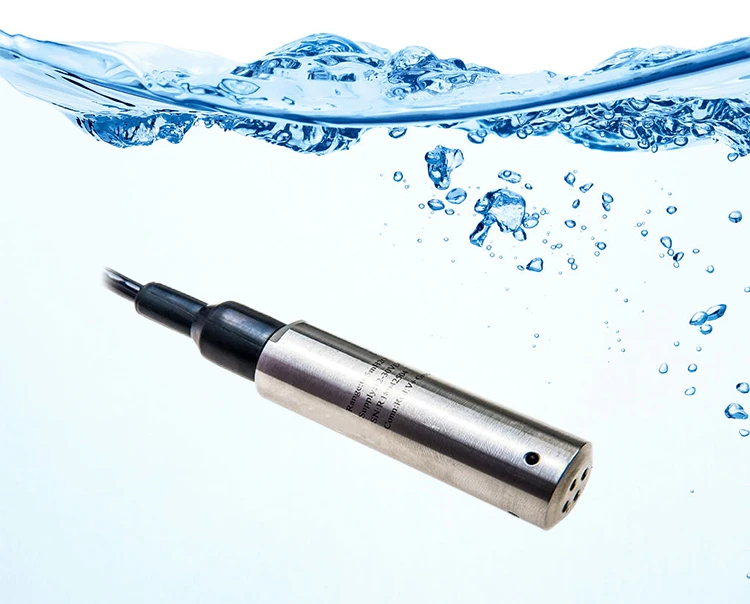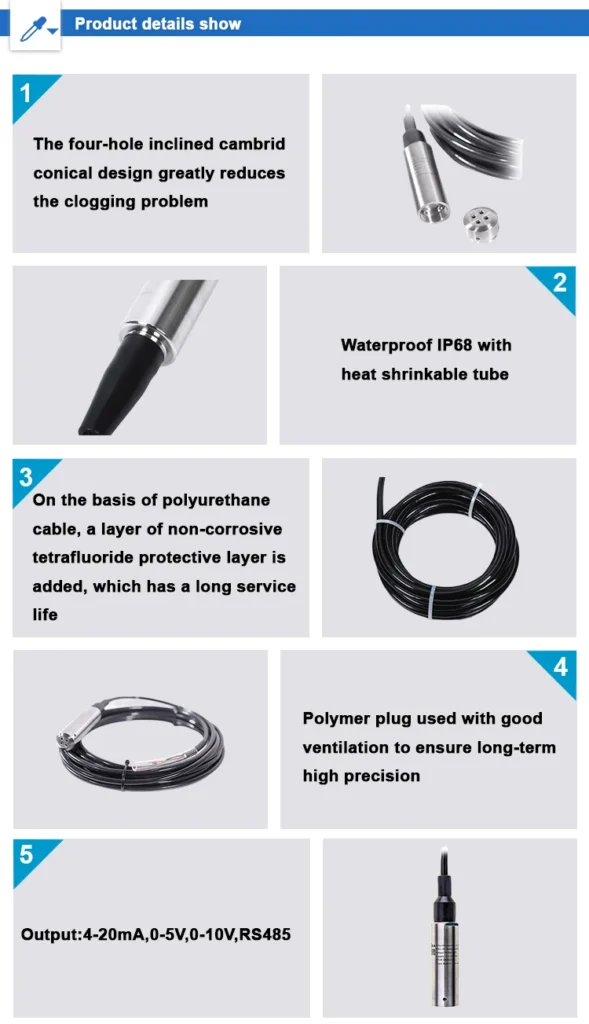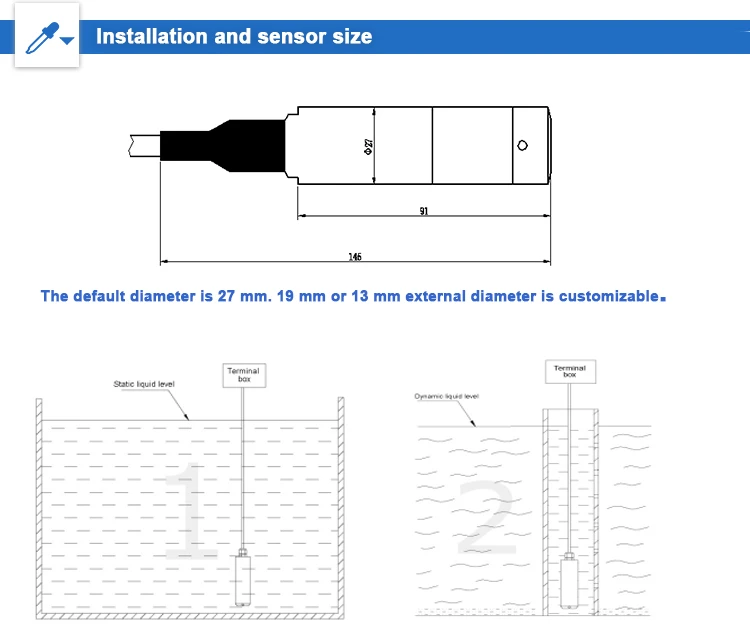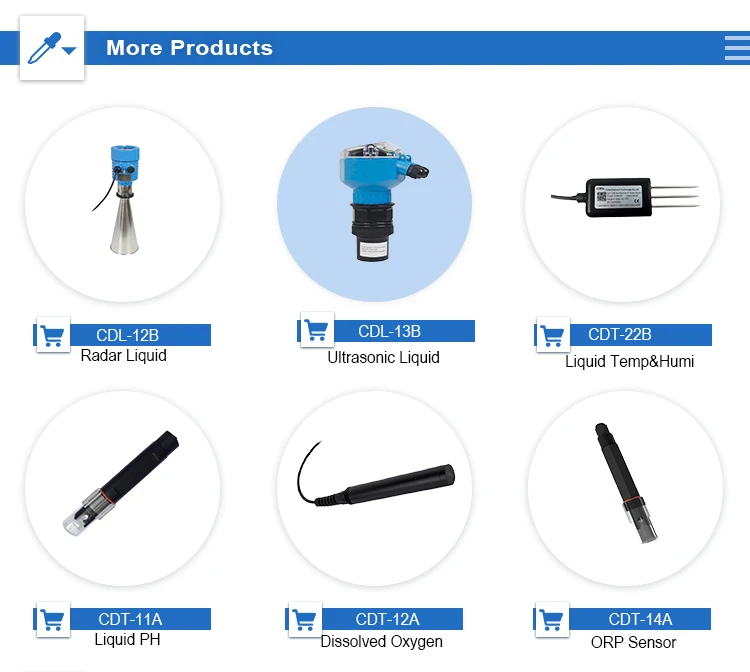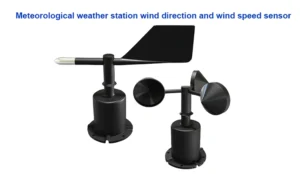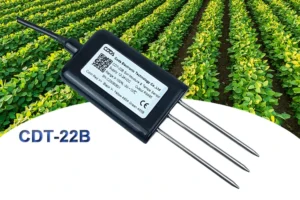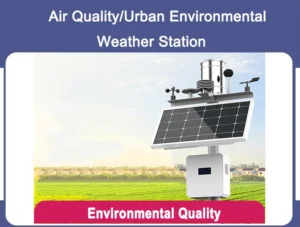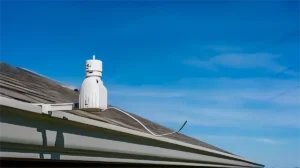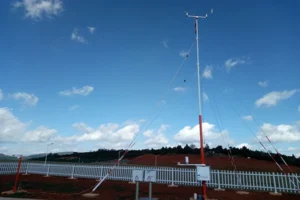How to Use a Water Level Sensor
In various industries and daily life scenarios, monitoring water levels accurately is crucial. water level detector sensor help manage water storage in tanks. They also prevent floods in drainage systems.
They also make sure industrial processes run smoothly. To use their capabilities fully, it’s important to know how to use water level probe sensors effectively.
Types of Water Level Sensors and Their Basics
Before discussing how to use them, it’s important to know the types of water level sensors. One common type is the float-type water level sensor. It has a float switch that rests on the water’s surface. This float connects to the sensor.
The mechanism changes the float’s up and down movement into an electrical or mechanical signal. As the water level goes up or down, the float moves with it. The sensor then gives an output that shows the current water level.
Another type is the ultrasonic water level probe sensor. This sensor sends out ultrasonic waves to the water surface. When the waves hit the water, they bounce back to the sensor.
The sensor measures how long waves take to travel to the water surface and back. This helps it find the distance to the water level. It can then determine the water level. Ultrasonic level sensors do not touch the water. This makes them great for measuring corrosive or dirty liquids.
Pressure-based water level sensors are commonly used. These sensors measure the pressure from the water above them.
The pressure increases as the water level rises. The sensor uses the idea that pressure increases with the depth of the liquid. It can change the measured pressure into a water level reading. Pressure – based sensors are often used in submerged applications, such as measuring the water level in wells or deep tanks.
Installation
Float – Type Sensors
To use a float-type water level detector sensor, first choose a good spot in the water container. This spot should be calm and clear of debris or anything that might block the float’s movement.
First, install the sensor following the manufacturer’s instructions. This usually means attaching the sensor to the side or top of the tank. Make sure the float can move up and down freely without getting stuck.
Connect the sensor to the control unit or data system with the provided cables. Check the electrical connections to make sure they are secure and insulated properly.
Ultrasonic Sensors
When you install an ultrasonic water level probe sensor, choose a spot at the top of the container or above the water. Mount the sensor so it has a clear view of the water surface. Make sure there are no obstacles in the way.
The sensor must be close enough to the highest water level to measure it. Connect the sensor to a power source and a device that receives data.
Some ultrasonic sensors may require calibration before use. You can usually do this by entering the distance from the sensor to a reference point. This reference point could be the bottom of an empty tank.
Pressure – Based Sensors
For pressure-based water level sensors, if it is a submersible type, gently lower the sensor into the water. Do this until it reaches the desired depth.
Make sure to protect the cable that connects the sensor to the surface. Avoid damaging it while you work. If you have a surface-mounted pressure sensor, install it on the side of the container. Make sure it measures the water pressure above it.
Also, seal it well to stop water leaks. Connect the sensor to the data-processing equipment. Next, set the sensor settings based on what you need. This means choosing the right unit of measurement, like meters or centimeters, and adjusting the calibration settings.
Configuration and Calibration
After installation, most water level detector sensors need to be set up. This includes choosing the measurement range, the unit of measurement, and any alarm limits.
For example, if you use a water level sensor for a water tank, you can set an alarm. This alarm will go off when the water level drops below a certain point, like 20% of the tank’s capacity. It can also trigger if the water level rises above a safe point, like 90% of the tank’s capacity.
Calibration is also an important step to ensure the accuracy of the sensor. Different sensors have different calibration methods. Float-type sensors may need you to adjust the float’s position or the calibration mechanism.
This helps match the actual water level. You can calibrate ultrasonic sensors by measuring the distance to a known object.
This is done at a set distance. Then, you change the sensor’s settings based on this measurement. Pressure sensors often need calibration. You can use a known pressure source for this. Or, you can compare the readings with a reference measurement in a controlled setting. Regular calibration, usually at recommended intervals, helps keep the sensor accurate over time.
Monitoring and Data Analysis
Once you install and configure the water level sensor probe, it starts continuously monitoring the water level. The sensor collects data that you can show on a local display.
You can send it to a remote monitoring system or save it in a data-logging device. In an industrial setting, operators can send water level data to a central control room. They can monitor the levels in real-time. If any problems occur, they can take action.
Analyzing the data can give useful insights. By looking at the historical water level data, you can see trends. This includes changes in water use throughout the seasons. You can also find unusual patterns that might indicate a problem, like a slow leak in a tank.
Data analysis can also help optimize water management. In a water supply system, looking at the water level data in storage tanks can help plan the pumping schedule. This can save energy and ensure a steady water supply.
Maintenance
Regular maintenance is important to keep the water level sensor working well. For float-type water level sensors, check for any signs of damage on the float and the connecting parts.
Clean the float and the area around it to remove any debris or dirt that could affect its movement. Keep the ultrasonic sensors clean for accurate readings. Clean the sensor’s surface regularly. This will help remove dust, moisture, or anything else that can block the ultrasonic waves.
For pressure-based sensors, especially submersible ones, check the cable for any damage. Also, ensure the sensor is sealed properly. If you use the sensor in a corrosive environment, think about using protective coatings or materials. This can help extend its lifespan.
Also, regularly check the sensor’s calibration to make sure it is accurate. Replace any broken parts quickly, following the manufacturer’s guidelines.
Conclusion
To use a water level sensor well, you need to install it correctly. You also need to configure and calibrate it accurately.
Continuous monitoring and regular maintenance are important too. You can learn about the different types of water level sensors. By following these steps, you will get reliable and accurate water level measurements.
You can use these measurements for many things. A good water level sensor is important for homes and industries. It helps keep people safe and manage resources well.
